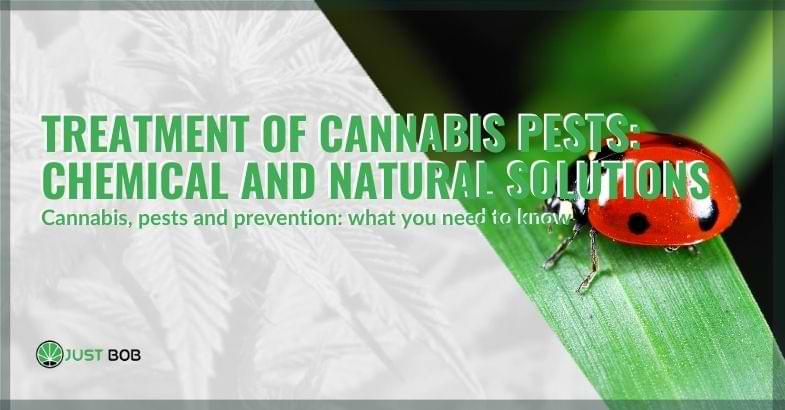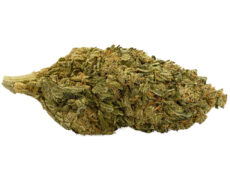Modified on: 19/04/2024
CANNABIS, PESTS AND PREVENTION: WHAT YOU NEED TO KNOW
Growing the cannabis and CBD Cannabis plant is far from easy because it is often subject to attacks by pathogens, mold and pests.
Ignoring what are the most common and not knowing the most suitable solutions risks compromising the entire harvest!
-
 SMALL & BIG
SMALL & BIGBUBBLEGUM
Indoor | CBD – CBDA<22%
Starting from:EASTER SALE -10%
1,25CHF1,10CHF/gGrams3 5 10 20 50 100 -


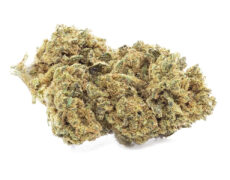
DO SI DOS
Starting from: 2,00CHF/gIndoor | CBD – CBDA < 19%
Grams3 5 10 20 50 100 -


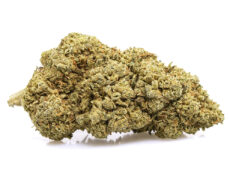
ROYAL GG#4
Starting from: 2,30CHF/gIndoor | CBD – CBDA < 40%
Grams3 5 10 20 50 100 -


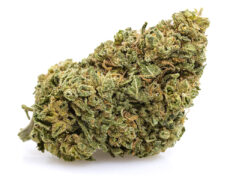
GORILLA GLUE
Starting from: 2,90CHF/gIndoor | CBD – CBDA < 20%
Grams3 5 10 20 50 100
Here is why in this article we will understand:
- which are the parasites that attack cannabis;
- what preventive solutions and measures to take.
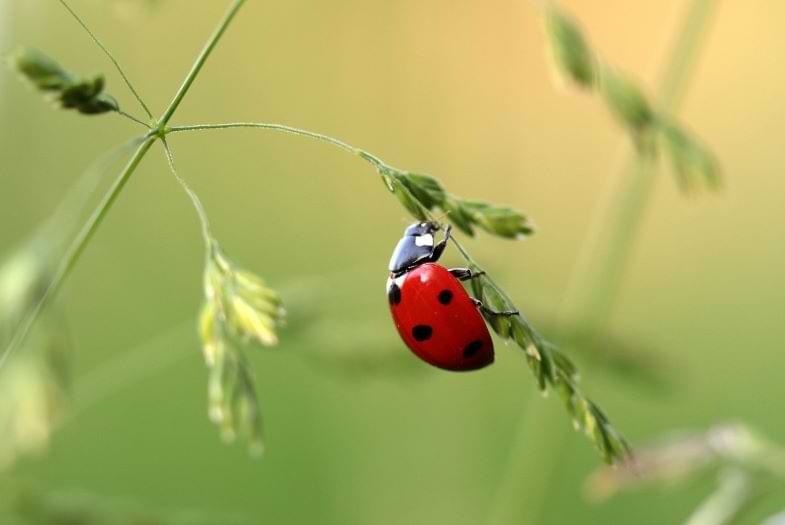

Why do cannabis plants get sick? These are the most common pests
Did you know that soil quality directly affects plant susceptibility or resistance to disease, stress, drought and pests?
By creating a healthy environment where plants can live and grow, rich in organic matter, worms and high-quality compost, the plant’s immune system will be stronger. Just like human beings, with our lifestyle and our food choices.
That’s right, that’s right.
Stressed plants ‘get sick’ more easily and attract and succumb more easily to pest damage such as:
- thrips;
- white flies;
- mites;
- leaf miners;
- aphids;
- cabbage.
The same applies to those who rely on synthetic fertilizers and chemicals to feed.
Growers can add some changes to their cannabis soil that naturally discourage pests, either as part of the initial soil mix, or later as top-dressing.
Read also: Is it legal to import cannabis seeds from Amsterdam? Let’s clarify
Organic remedies to combat (and prevent) cannabis pests
Neem seed flour has a dual purpose.
It is a modification that provides small amounts of micro and macronutrients to the plant, which:
- increases soil microbial activity;
- discourages the parasites.
In general, most parasites do not like the smell of neem. It can help control unwanted populations of nematodes, fungi and soil pathogens.
Alternatively, you can use neem oil.
When used as a foliar spray, it can kill adult spider mites and prevent already laid eggs from developing into mites. In addition, it kills and prevents further infestations of white flies. Fungal midges can be controlled above and below the soil when neem is used as root washing. In addition, it eliminates the bad nematodes that cause rot and leaves the good ones alone, accelerates the putrefaction of decomposing matter for faster bioavailability of organic nutrients for the plant.
Unlike chemical sprays (which kill everything good or bad), ladybugs and butterflies, earthworms and bees are not damaged by neem.
It acts as a slight growth stimulant when watered for other problems. If applied regularly as a prophylactic to cannabis plants and CBD Weed from a young age, most of the pathogens, molds and insects that love cannabis can be completely prevented, both indoors and outdoors.
Other widely used methods are crustacean or crab flour, which adapts to the same profile and has similar benefits, in particular protecting against nematodes of the root node.
Finally, the use of aloe vera and silica in routine watering or foliar sprays contributes to strengthening the immune system and the general resistance of plants.
Beneficial insects: using insects to fight cannabis pests
Some insects are undesirable around plants, while others are welcomed with open arms!
Why?
Simple, because many insects prey on other harmful insects. Ladybugs and chrysopidae are a striking example.
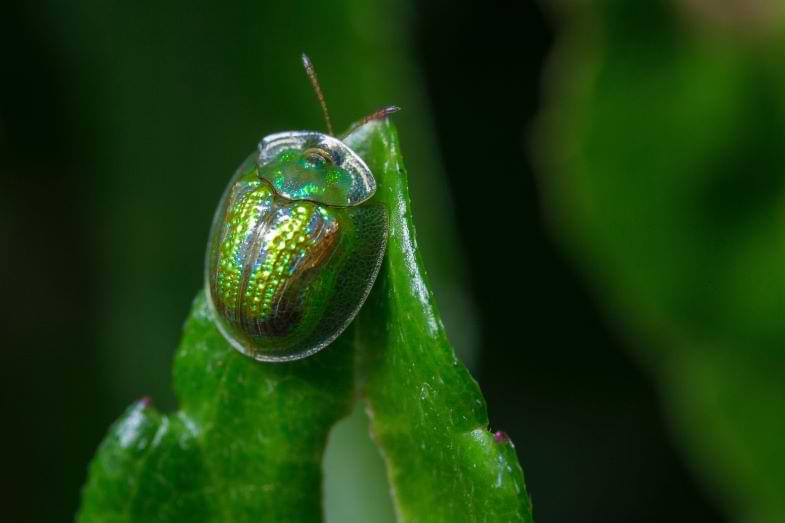

Ladybug
Ladybugs are fierce predators of aphids, mites, cochineals, white fly and other soft-bodied insects, especially in their larval form.
According to the Planet Natural Research Center, a ladybug eats up to 50 aphids a day: this means that during its life, a single ladybird is able to consume up to 5,000 aphids!
A hemp grower fighting soft insects may consider releasing ladybirds on its plants as organic control of cannabis pests, both for outdoor and greenhouse cultivation.
But beware.
When releasing ladybirds, it is very important to make sure they don’t fly away. Here are three tips to prevent this from happening:
- wet the plants;
- place the ladybugs immediately after sunset;
- place a food source near the place where ladybugs, for example aphids, will be found.
Chrysopidae
Chrysopidae offer benefits very similar to those of ladybugs. They feed on aphids, grasshoppers, mites, cochineals, thrips and other soft-bodied insects. In most cases, they are sold and shipped in the form of eggs, as they can be quite brittle.
Read also: Foxtail: what do foxtail-shaped cannabis buds indicate?
Conclusion
In this article we have seen some remedies to combat cannabis and CBD Flowers parasites.
As you may have read, good prevention and the use of natural resources (far preferable to chemical treatments) can help keep your plants healthy.
See you soon on Justbob!


